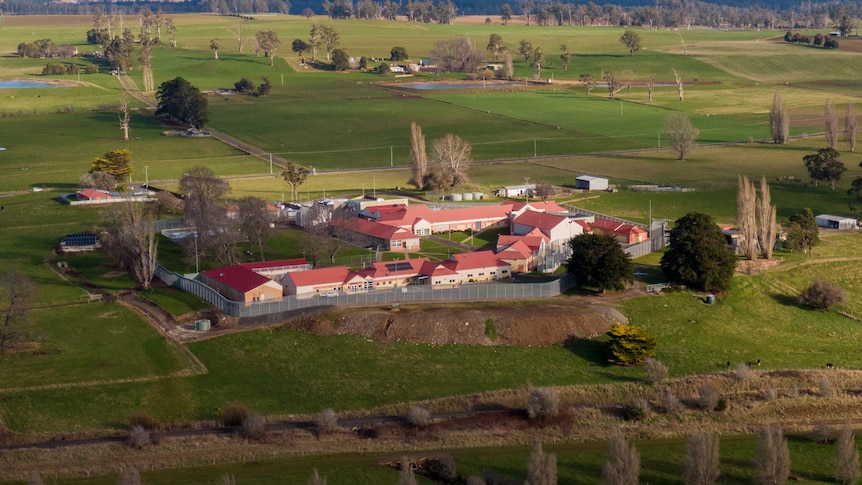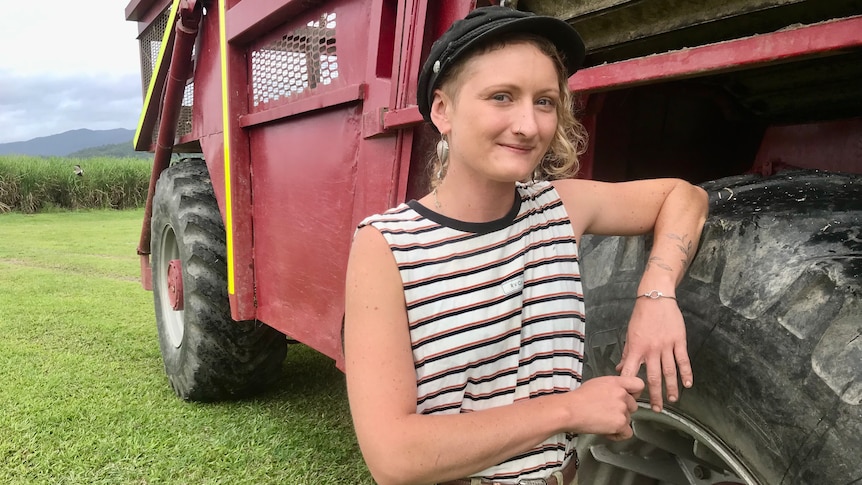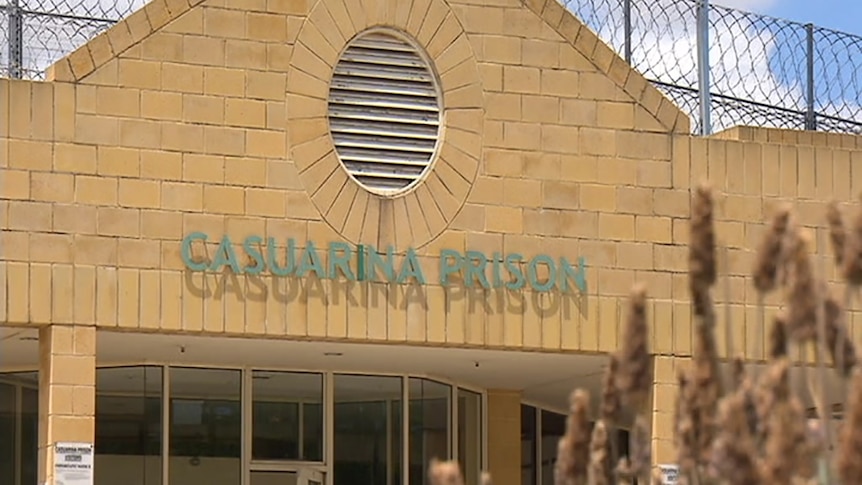More than 100 former detainees of Tasmania’s Ashley Youth Detention Center have lodged a class action in Tasmania’s Supreme Court, alleging they were whipped, kicked, bullied, encouraged to join gangs, sexually abused and stripped naked.
Key points:
- The court documents detail the claims of the four men dating back to the early 1990s
- One man alleged that he found the body of another inmate the morning after they were beaten by staff
- All four men say they now have post-traumatic stress disorder due to their time there, with some experiencing flashbacks, nightmares and suicide attempts
Warning: This story contains details some readers may find distressing.
The court documents include numerous allegations made by four plaintiffs, with the action launched on behalf of another 101 former detainees.
Out of the 101, the earliest claimant alleges abuse dating back to 1961, while the most recent is from 2019.
“That’s a span of just under 60 years,” lawyer for the plaintiffs Angela Sdrinis said.
“On one level it was surprising and appalling. On another level we know children in care, not just in Tasmania but in Australia and around the world, have been victims of abuse.”
The court documents detail the claims of the four men, dating back to the early 1990s.
They allege the former detainees were physically or sexually assaulted by staff or other detainees at the Ashley Youth Detention Center (AYDC) and their complaints about the incidents were dismissed.
The plaintiffs say that as far as they were aware, complaints were not recorded and no action was taken.
In particular, it is claimed that staff would enter detainees’ cells to commit physical and sexual assaults or deliberately leave doors unlocked, knowing that detainees would enter the rooms, sometimes as gangs, “to commit violent physical and sexual assaults on each other.”
One man, known as JC, alleged that he found the body of another inmate the morning after the inmate was beaten by staff. A coronial inquiry found the assault had taken place two weeks earlier and cleared the staff.
Another plaintiff, known as CA, alleged that after he fought off a sexual attack by a staff member, he was assaulted by other staff members, knocked unconscious, and locked in an isolation cell naked for five days with only a blanket.
He also said that on numerous occasions he was exposed to the sounds of other detainees being sexually assaulted in their cells by staff at night.
The third plaintiff, RI, claimed that after he refused to perform oral sex on a staff member, he was “punched and knocked out by other staff” and had to go to Launceston General Hospital.
All four men allege they now have post-traumatic stress disorder due to their time there, with some experiencing frequent flashbacks, nightmares and suicide attempts.
AYDC ‘didn’t vet staff properly’
The claim also takes aim at staff hiring, training and supervision at the detention center.
It is alleged that not only did some of the staff have sexual or physical allegations against them, but there were also members of outlaw motorcycle gangs such as the Rebels and Outlaws working at the centre.
One plaintiff claimed that on numerous occasions he saw staff members encouraging details to contact gang members when they were released.
It is alleged that AYDC did not vet staff properly and had no — or at least not adequate — systems for de-escalating confrontations with detainees or supervising staff to ensure they were not verbally, physically or sexually abusive.
Instead, it claimed staff used inappropriate force, punished detainees who tried to make complaints against other staff, assaulted them and exposed them to other detainees who were known or alleged to have engaged in physical or sexual violence against previous detainees.
In one example, JC alleged that after he misbehaved, he was removed by four guards who proceeded to abuse him.
“[They] grabbed him by the neck, threw him to the ground, kicked him in the ribs, and dragged him across the yard to his cell, where he was thrown onto a wooden bed and held down with pressure to his neck until he lost consciousness,” the document says.
“When JC regained consciousness three hours later, he was naked and handcuffed. JC was not provided with medical attention.”
‘Don’t forget, children as young as 10 were sent to Ashley’
Plaintiffs also described instances of being shoved, throttled, punched, whipped, stripped naked, almost drowned, abused to the point where they needed to be hospitalized, and denied medical attention after suicide attempts.
The claims also detail degrading strip searches with guards who would harass and laugh at details.
“A common occurrence when children were admitted to Ashley was that they would be strip searched,” Ms Sdrinis said.
“They’d have the scabies cream applied to them whether or not they had scabies… we’ve been told it burnt the skin, including in the genital area.
“Don’t forget, children as young as 10 were sent to Ashley.”
But these allegations are not revelations.
The issues with the detention center are well known and just last year the state government announced it would close it down.
It is also about to be the subject of the Commission of Inquiry into Institutional Responses to Child Sexual Abuse, with hearings set to start late next week.
“I believe the evidence that will come out of the public hearing into Ashley will be very confronting as well,” Ms Sdrinis said.
A spokesperson for the state government said they were unable to comment as “legal action has been flagged.”
“The Commission of Inquiry will be examining the AYDC in the upcoming hearings and as we have shown, we will not hesitate to act where required to ensure our children and young people are safe,” they said.
.


